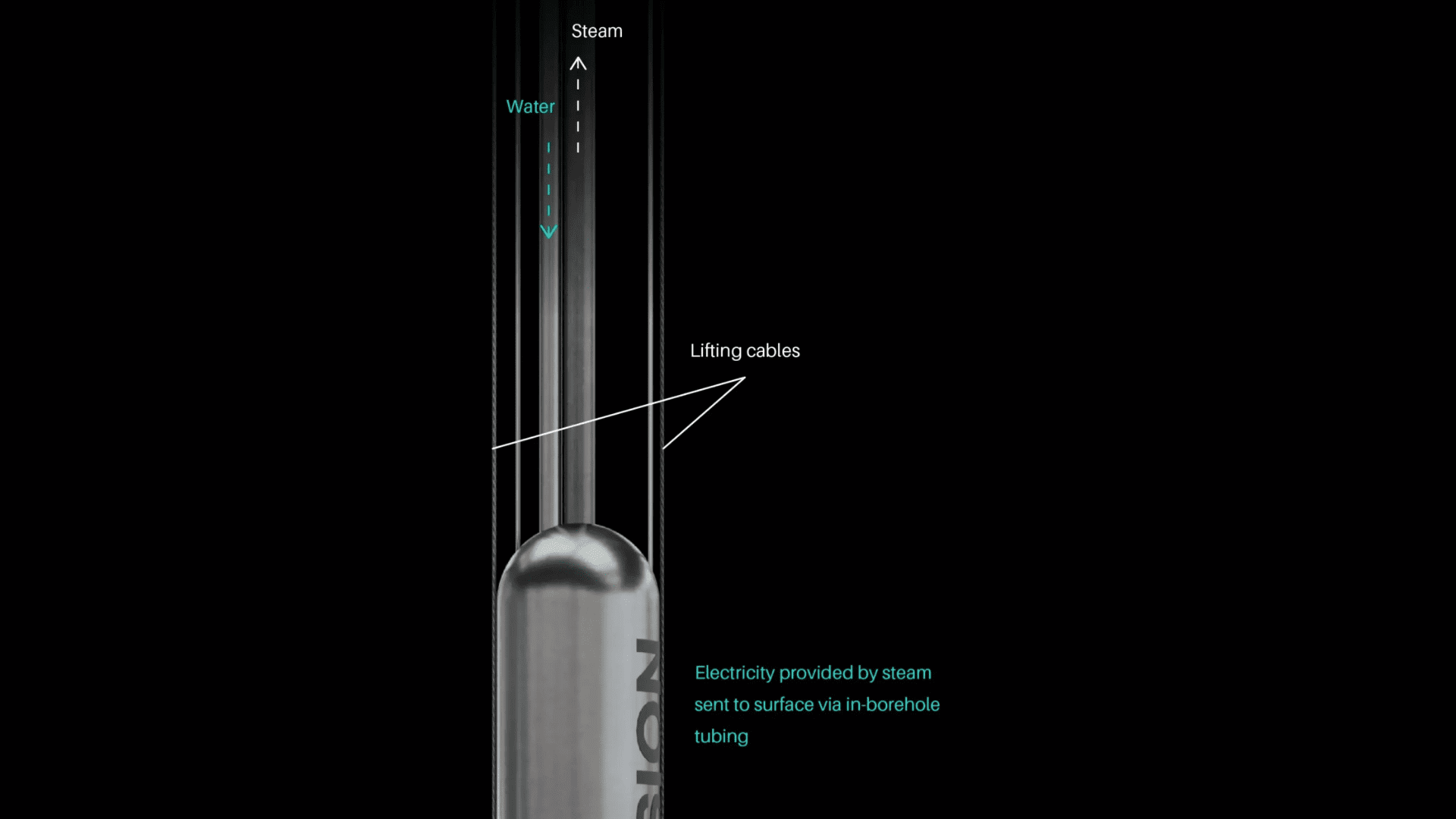Unprecedented June temperatures have scorched the United States in recent weeks. Specifically, the northeastern U.S. is inching towards daily record highs for June. For example, in Washington, D.C., the National Weather Service said, “daily records may be broken for both daytime high temperatures as well as for the warm overnight lows.” According to the Weather Service in Boston, New England temperatures will likely hit record highs on June 24.
But why?
It’s what’s called a heat dome.
A Heat Dome of Widespread Highs

According to the Weather Channel’s forecast for Tuesday, June 24:
“A dangerous, widespread heat dome of high pressure will continue to bake much of the central and eastern U.S. Tuesday, setting the stage for highs to hit potentially hit the triple digits along parts of the Interstate 95 corridor from Boston to New York and Washington, D.C. Muggy conditions will make the heat index surge well beyond that threshold in many areas.”
The Weather Channel explains that a heat dome is an expansive bulge of warm air that can span 1,000 miles and produce threatening hot temperatures. Heat domes create sinking air during the spring and summer months, which is the problematic part. According to the Weather Channel, descending air compresses and warms as it drops to the surface.
In the eastern part of the U.S., temperatures reach the three-digit mark. In the West, death ridges (another name for a heat dome) produce temperatures in the 110s and 120s.
This creates days-long heat waves, which many Americans have already experienced.
As a result, the warm air dries out the ground and the air above it, thunderstorms become more scarce, and droughts worsen.
Surprisingly, a heat dome can come with a slight benefit because it can deflect tropical storms from the United States, acting as a shield for the Gulf Coast or the Atlantic seaboard.
Climate Change’s Potential Role
Reports indicate that as our climate warms, heat domes become more likely. In an interview with Time Magazine, Gordon McBean, professor emeritus at Western University, said, “Heat domes are a common weather phenomena that we’ve seen for a long time, but we are seeing now, with the warming of the climate, that the number of heat domes is probably slightly increasing, but [also] the intensity of them, the heat in itself within them, is increasing.”
The report shows two reasons why the temperature shifts increase the likelihood of heat domes. First, greenhouse gases warm the planet by trapping heat in the atmosphere. As a result, it contributes to the areas of high pressure that make up heat domes.
Second, areas in the Arctic are warming faster than areas close to the equator. This difference weakens the jet stream, which influences ground temperatures. This slows the jet stream down and leads to lingering high-pressure systems and high temperatures.
“We believe that when the jet stream is weaker, it’s more likely to take this roller coaster-like pattern across the planet,” Gallus said.







